Where people once enjoyed living peacefully, seawater now seeps in slowly.
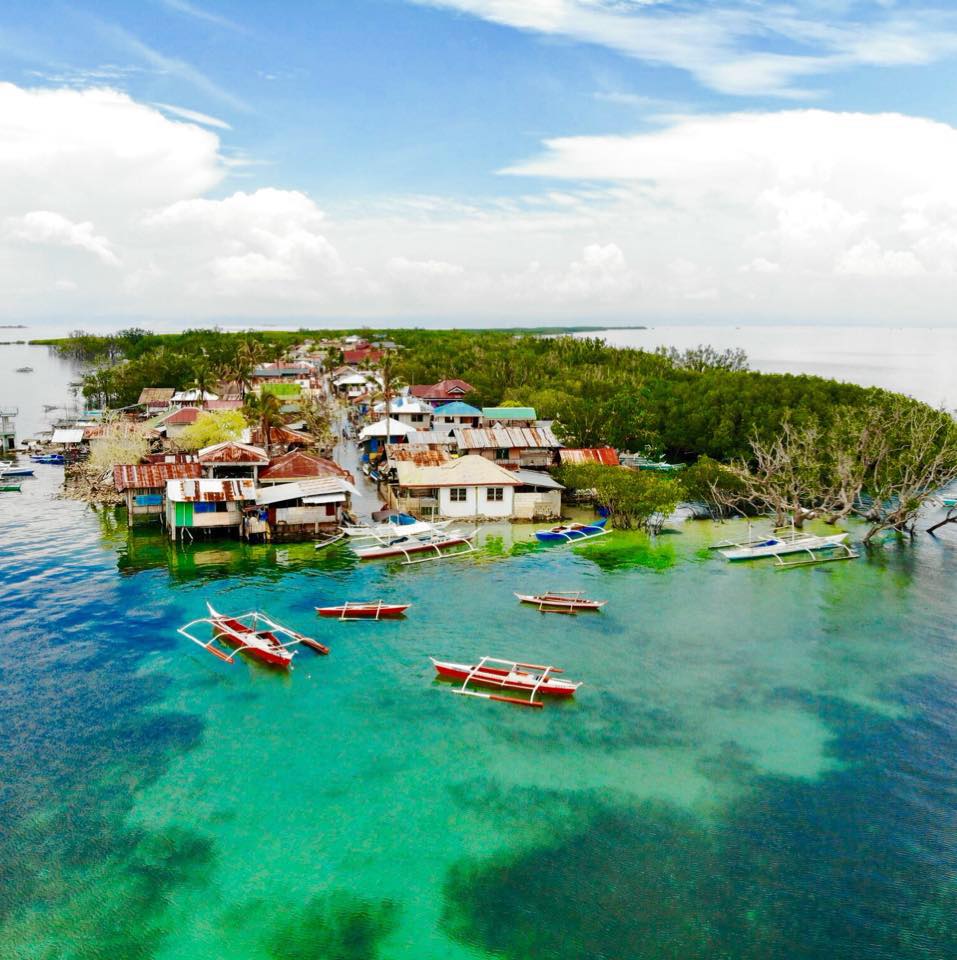
Bohol, Philippines, is known for its tarsier, Chocolate Hills, and white sand beaches, with a rise in ecotourism destinations. However, local communities and observers have recently noted that the sea is slowly consuming these communities. Tsunamis do not cause this phenomenon, but rather the relentless rise of seawater. The increase in sea level is a phenomenon accelerated by earthquakes and worsened by climate change. These serve as a silent warning of what the future might hold for coastal communities.
The Trigger
Last October 15, 2013, a magnitude 7.2 earthquake struck Bohol, altering the island’s shape that holds it together. While some areas in Bohol were raised to 5 meters, small island barangays like Batasan, Bilangbilangan, and Mantatao sank closer to the rise of the sea level. Residents in this area noticed that the sea tide is slipping onto the land more than before.
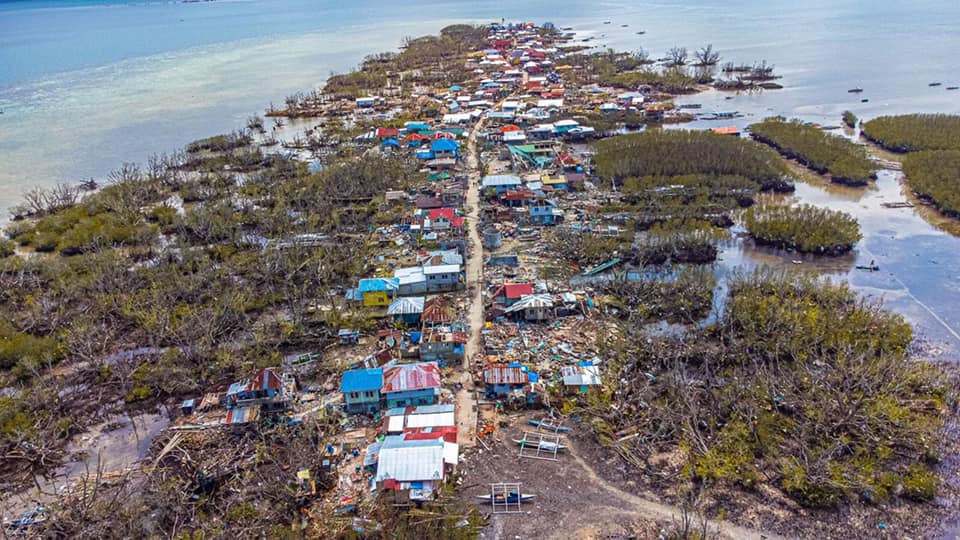
Warming Up
Even though the earthquake triggered an immediate change on the Island, the ongoing rise in sea level worsens the problem. The warming of the globe has caused ice to melt in the sea water, raising global sea levels by about 3.2 to 3.4 mm per year. Combined with the land subsidence that occurred after the quake and the rising sea level due to climate change, this means that Bohol is gaining ground at a rate of up to 10.8 mm per year, which is faster than anywhere else in the Philippines.
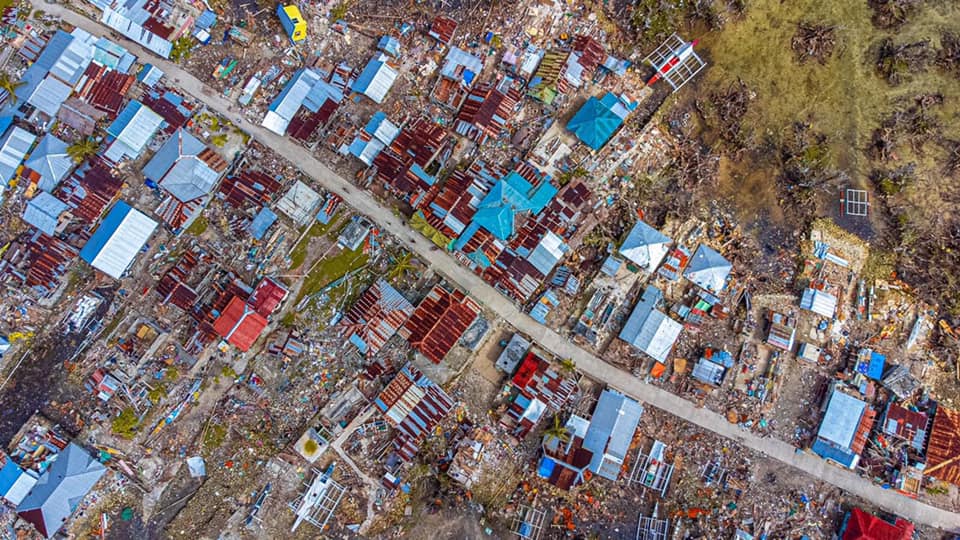
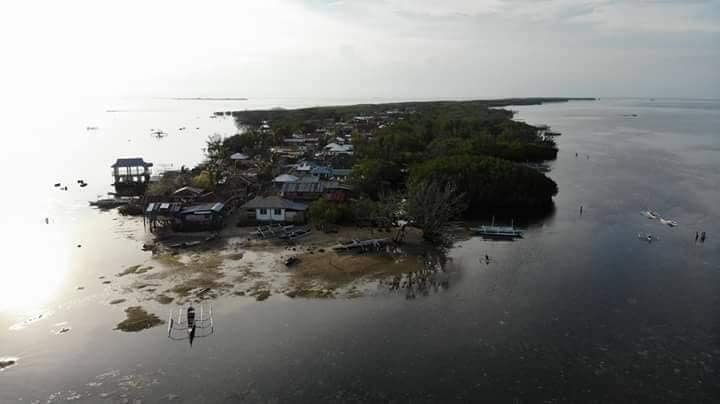
Living On The Sinking Island
On the Island today, there is a surreal persistence among the people. The home built on the Island now sits on stilts, and walkways are built above the expected rise of sea water. Mixing fear and alarm, people sleep with their beds raised, and even children walk through ankle-deep seawater just to get to school or simply to get by.

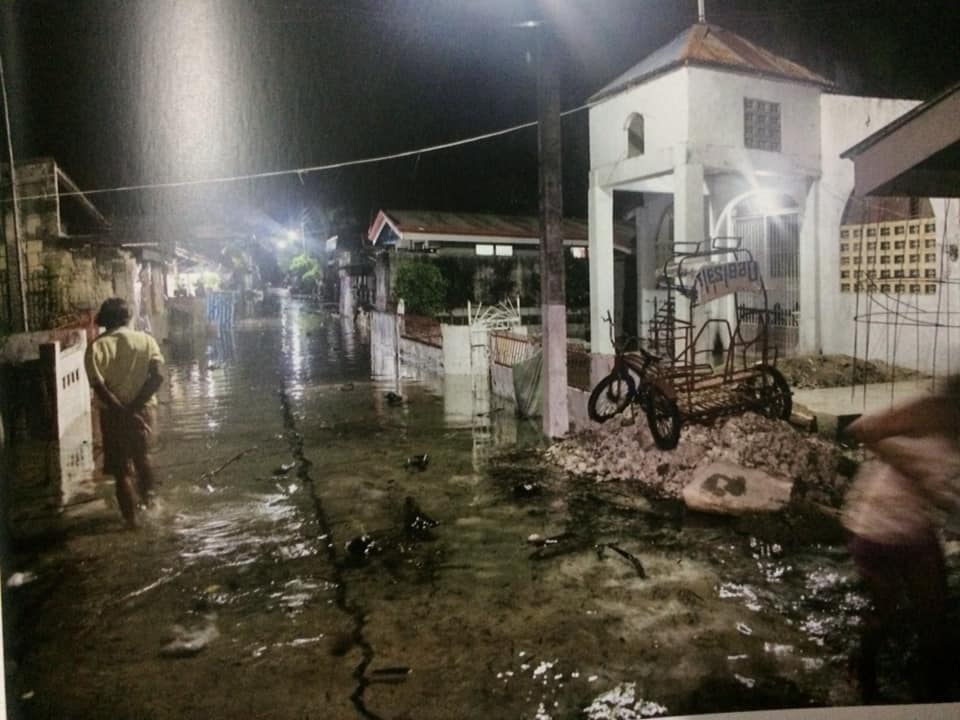
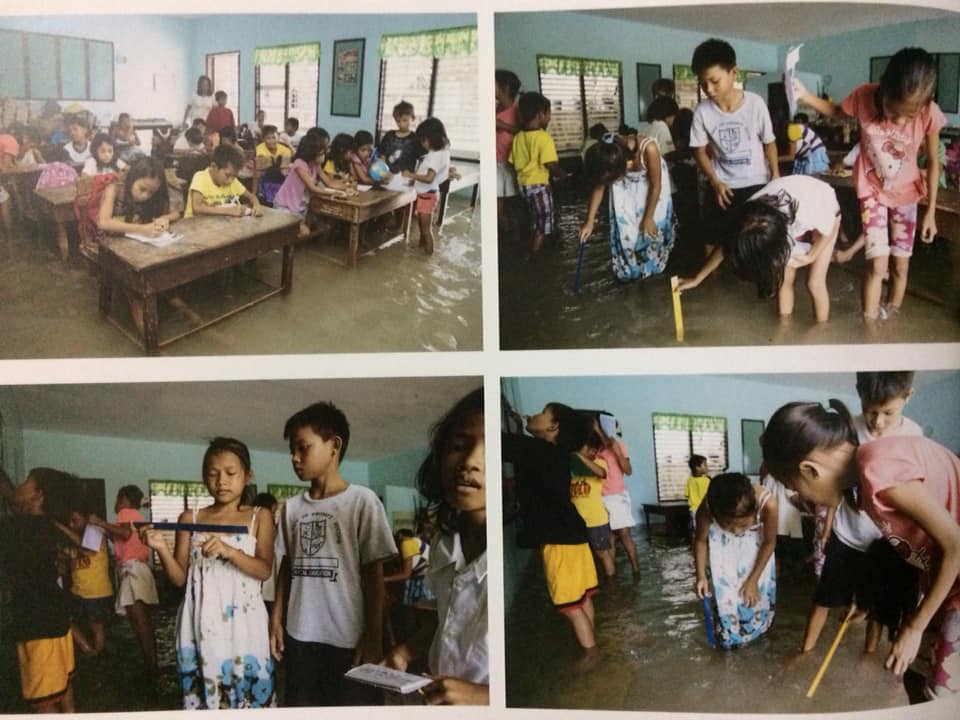
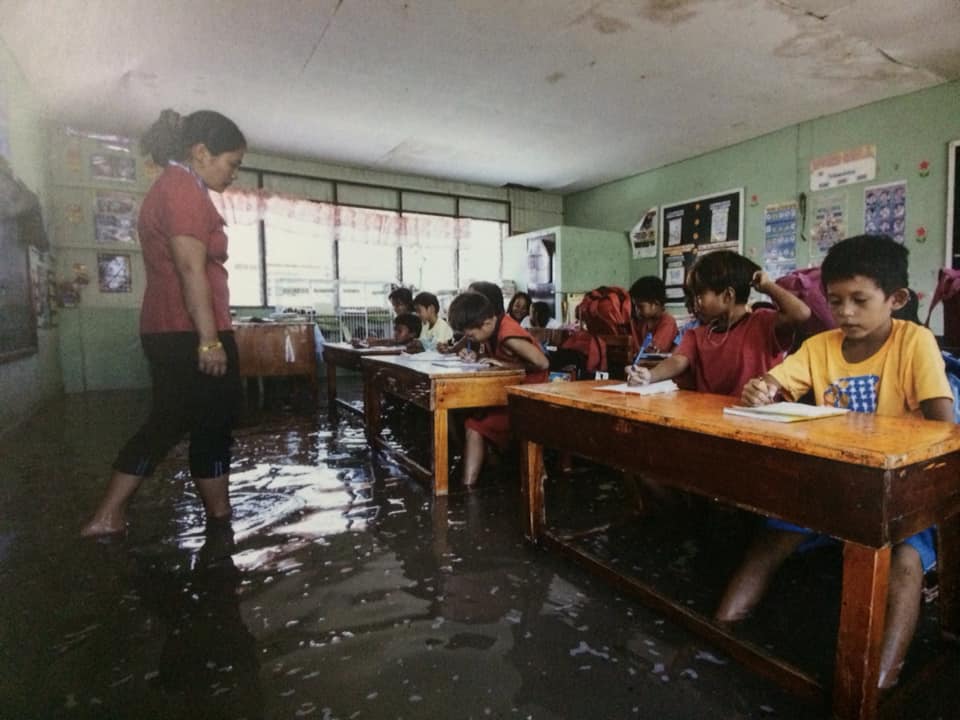
Reaction: Community and Government
The local governments and the national government have begun the relocation efforts along with the NGO’s. However, despite the government’s efforts and management, the scale of housing for relocation has fallen short of expectations. For example, around sixty housing units were provided for over 300 families. However, many communities now rely on solar power charging stations thanks to the NGO’s support. The government, local, and national authorities still provide regular aid to the people, but due to limited funds and logistical difficulties, progress remains slow.
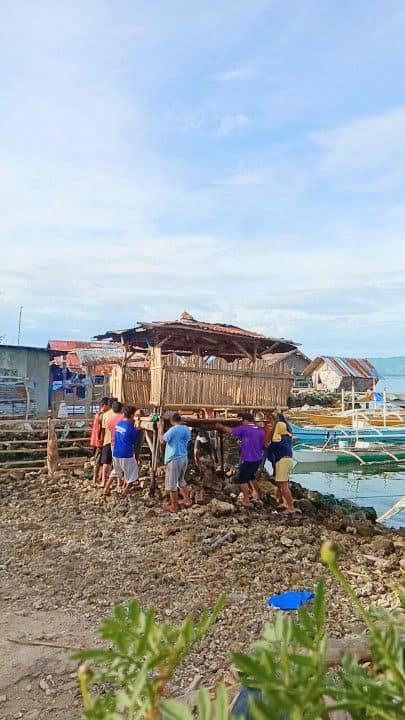
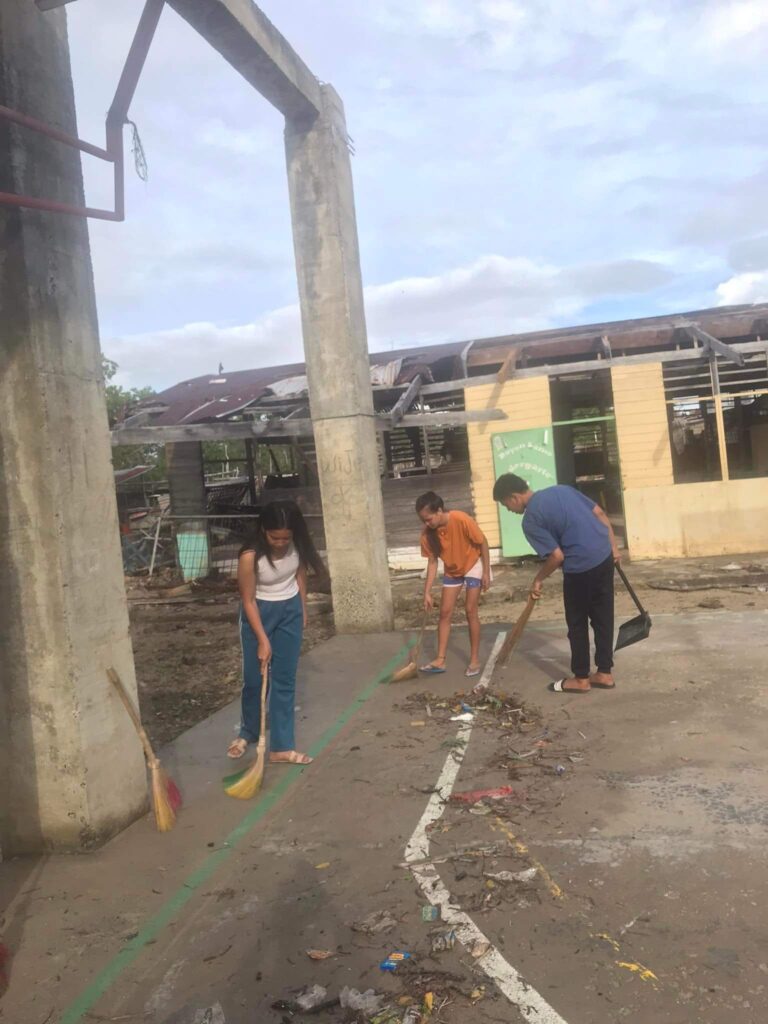
The Sinking Island of Bohol is more than just a remote case of geological change, it is a warning of what the future may hold for the low-lying nations around the globe. The people living on the Island may be resilient, resourceful, and brave in the face of an uncertain future. Still, time will show where the option for adaptation may no longer be available. Unless a better solution is found to address the problem, many communities may find themselves drowning silently in the waves.


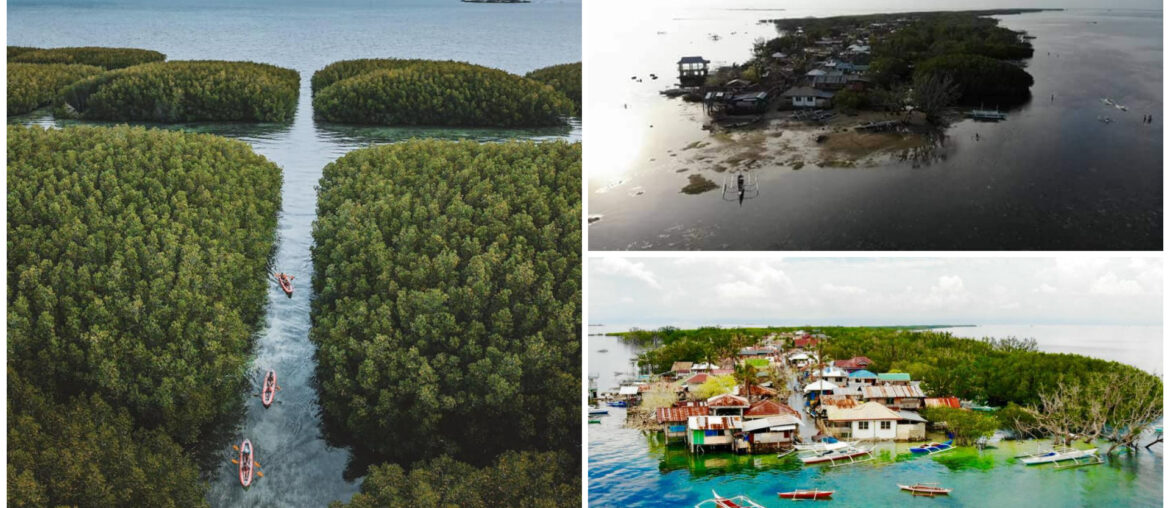
Comments are closed.